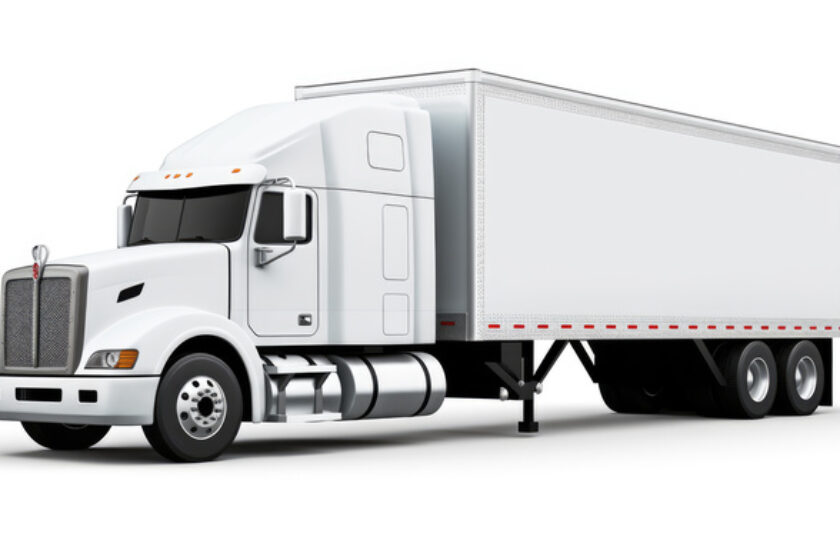Shipping containers might be built for global transit, but getting them from point A to B within the U.S. requires a specialized transport solution. Whether you’re moving empty containers, loaded units for modular building projects, or inventory-packed containers headed for a port, the logistics are far more complex than simply hitching them to a trailer. That’s where Save On Transport comes in.
The first step in container transport is identifying what type of container you’re moving. Standard 20-foot and 40-foot containers are common, but there are also high cube, open top, and refrigerated containers that may require different equipment or permits. The container’s weight and contents will also impact how it’s handled—especially if it’s loaded with valuable or sensitive goods.
Transporting containers involves choosing the right method: flatbed, chassis, or tilt-bed trailers each offer different advantages depending on how the container needs to be loaded or unloaded. If you don’t have access to a crane or loading dock, tilt-bed trailers offer the most flexibility, allowing the container to be rolled off at ground level.
Regulatory compliance is another key factor. Heavier containers may require special permits, and state or municipal rules can vary widely. Our team handles the permitting process and ensures every load is compliant from pickup to drop-off.
Container transport is often time-sensitive, particularly for clients involved in construction, retail inventory logistics, or import/export operations. Save On Transport offers scheduled pickups, GPS-tracked deliveries, and transparent communication so that nothing is left to guesswork. Our goal is to take the complexity off your plate—so your cargo shows up where it should, when it should.





